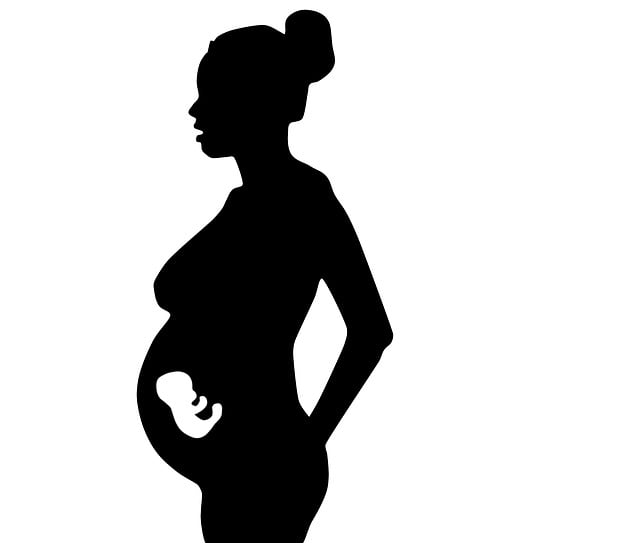Welcoming a new baby into your life is an incredible journey, but it can also bring significant changes to your body, especially concerning your pelvic floor. These vital muscles act like a hammock, supporting your pelvic organs and working closely with your core, glutes, and hips. However, after childbirth, they may be stretched, weakened, or in need of some extra attention.
Once you’ve received the green light from your healthcare provider, typically around 6 to 8 weeks postpartum, you might want to consult a pelvic floor physical therapist. They can conduct an internal assessment to evaluate the strength, flexibility, and overall function of your pelvic floor muscles. Understanding the state of these muscles can assist you in effectively retraining them, helping you optimize your recovery.
Here are five gentle yet effective exercises that can help revitalize your pelvic floor postpartum:
- Diaphragmatic Breathing: Start by lying down comfortably. Place one hand on your chest and the other on your belly. Inhale deeply through your nose, allowing your belly to rise while keeping your chest still. Exhale slowly through your mouth. This exercise not only helps relax your pelvic floor but also promotes better awareness of your body.
- Kegel Exercises: To perform a Kegel, tighten the muscles you would use to stop urinating. Hold for five seconds, then relax for five seconds. Aim for three sets of ten repetitions daily. Kegels can strengthen your pelvic floor, enhancing control and support.
- Bridge Pose: Lie on your back with your knees bent and feet flat on the floor, hip-width apart. Press your feet into the ground and lift your hips towards the ceiling, squeezing your glutes and engaging your pelvic floor. Hold for a few seconds before lowering back down.
- Heel Slides: Lie on your back with your knees bent. Slowly slide one heel out along the floor while maintaining engagement in your pelvic floor and core. Return to the starting position and repeat with the other leg. This helps improve pelvic stability and flexibility.
- Squats: Stand with your feet shoulder-width apart. Lower your body into a squat while keeping your weight on your heels and your chest lifted. Remember to engage your pelvic floor as you rise back up. Squats can strengthen the entire pelvic area.
Incorporating these exercises into your routine can significantly aid in postpartum recovery, helping you regain strength and confidence. For more information on at-home insemination, you can explore Make a Mom, which offers a unique reusable option. Additionally, if you’re curious about how at-home insemination works, check out this guide.
For those navigating pregnancy challenges, understanding conditions like placental abruption is crucial. You can find more details in our blog on placental abruption during pregnancy. If you’re considering fertility treatments, WebMD offers valuable insights into the various options available.
In summary, postpartum pelvic floor exercises are essential for healing and strengthening after childbirth. Always remember to consult your healthcare provider before starting any new exercise regimen, and consider connecting with resources like Modern Family Blog for more information on pregnancy and home insemination.
